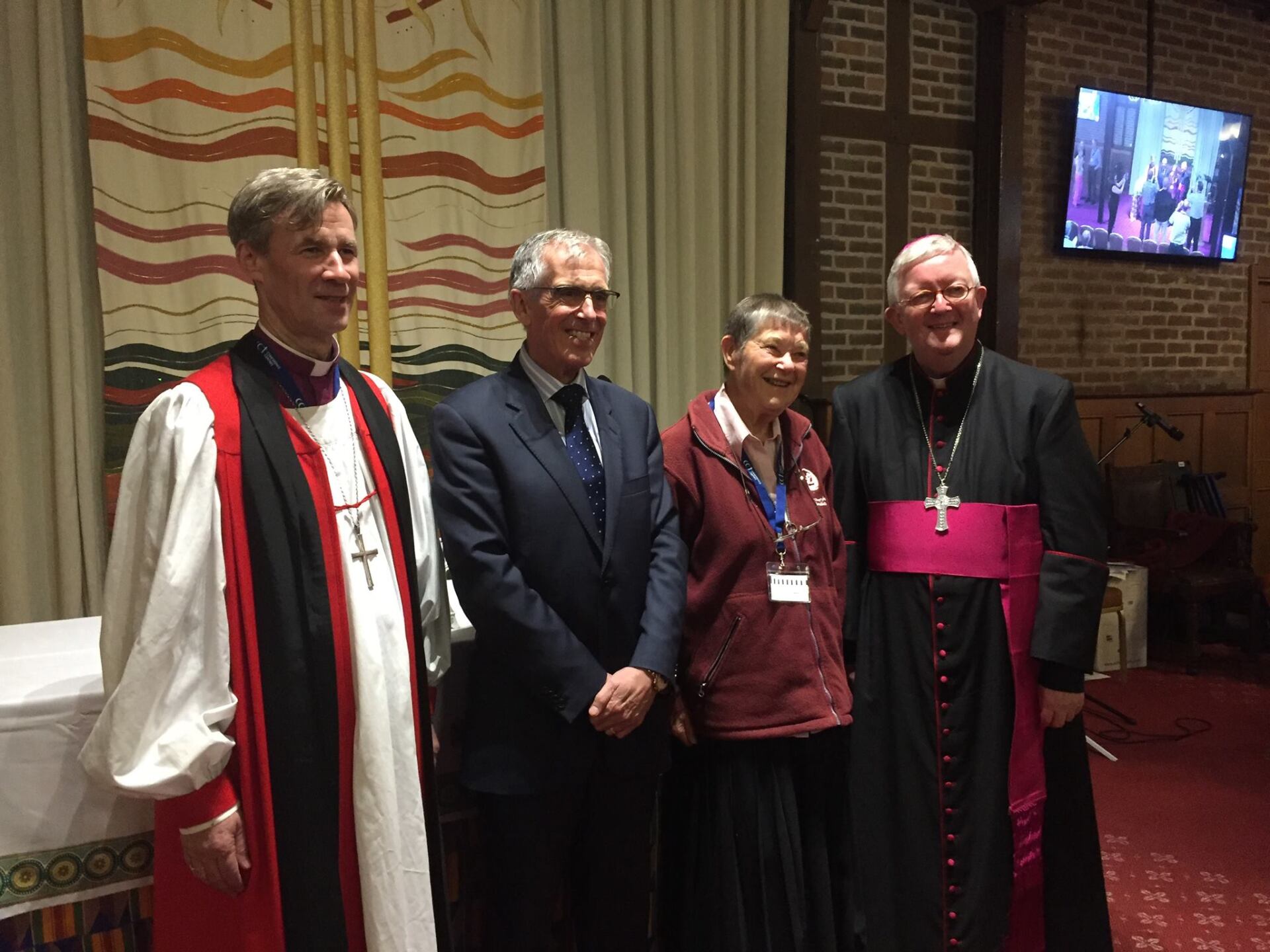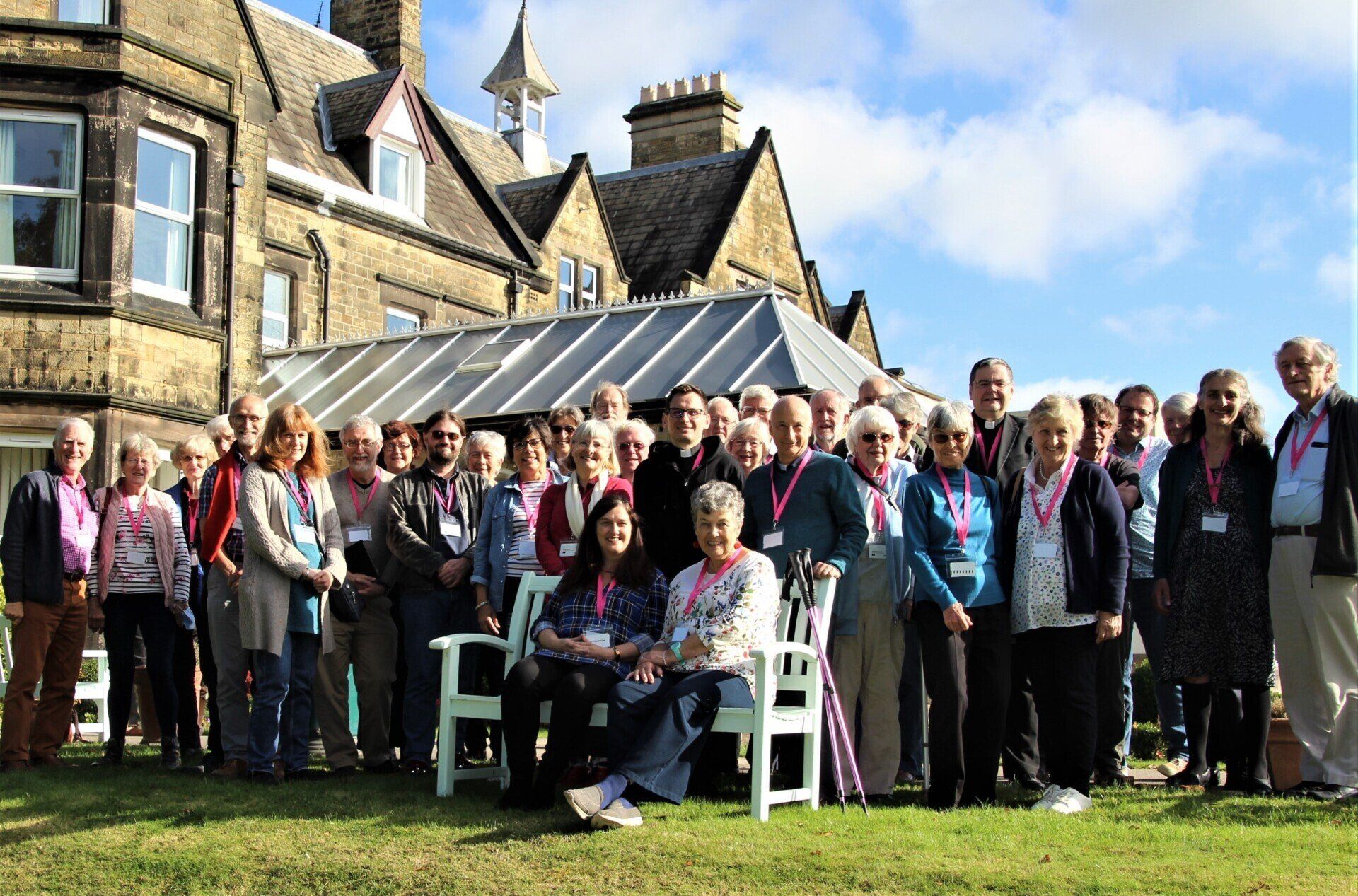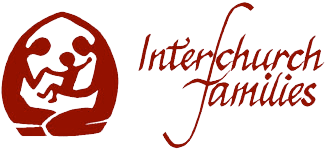555-555-5555
mymail@mailservice.com
OUR HISTORY
The beginning of the Association of Interchurch Families can be traced back to the difficulties experienced by a couple who tried, unsuccessfully, to involve both their churches in the baptism of their baby. The mother was Catholic, the father a Protestant, and eventually the baby was baptised in the Catholic Church. The father was so upset by this outcome that he and his wife didn’t speak to each other for a week and the protestant minister suggested that they contact Ruth and Martin Reardon, Ruth a Roman Catholic, Martin an Anglican priest.
In 1960 Martin had been sent to study for a year at the Catholic University of Louvain in Belgium to better understand the theological reasons behind the calling of the Second Vatican Council. Such joint studying wasn’t possible in England in those days (Catholics and Anglicans didn’t speak to one another on religious topics) but there was a historic connection between the Church of England and the Catholic Church in Belgium because of the Malines Conversations in the 1920s. Ruth was studying in Louvain, which was how the two met.
A mixed marriage was not easy in the 1960s, and Ruth and Martin would not have been married if Cardinal Suenens had not given them a dispensation without requiring the usual promise that all their children would be brought up as Roman Catholics. They were married in Belgium in a ceremony in which Catholic and Anglican priests both took part; again, this would have been impossible in England in 1964.
Martin held an ecumenical post as Secretary of a Council of Churches in a large city in the north of England and was a member of the Church of England’s Council that dealt with relations with Roman Catholics. Ruth was a member of the national Roman Catholic Ecumenical Commission and so, as a couple, they were well-placed to study developments on mixed marriages and to try to make them known in England.
Marin and Ruth were also well-placed to support the couple who had been upset by the events surrounding the baptism of their child. When they contacted the Reardons, Martin visited them and explained that he and Ruth knew of several other couples in a similar situation to themselves and, over the coming months, the two couples arranged a small meeting for these couples in the Reardons home in early 1968. This, in turn, led to the first national meeting in November 1968. By that time Fr John Coventry, Secretary of the Catholic Ecumenical Commission for England and Wales had offered his help, saying on the first night of the meeting: “They’re so pleased to meet one another – we must do this again.” And we did – with an annual gathering having taken place every year since (apart from 2020 when it was held on Zoom because of the pandemic).
Meeting one another has always been important for interchurch couples. In the early days there was just a small group, pleased to know that, even if it was unusual for two practising Christians to want to retain their links as a couple with both the churches in which they had grown up, they were not alone. Previously, many had felt isolated, especially when told by their parish priest that they had “never met a couple like you before”. Slowly, this informal group grew into a support network for couples who needed the kind of accurate information that the Reardons were able to give, about getting married, baptisms and sharing communion.
The first national conference in 1968 threw up major questions that were to occupy the new association for the first few years. It also coined the term ‘interchurch marriage’ to distinguish marriages where both partners were practising members of their own churches from those ‘mixed marriages’ in which one or both partners were not so committed. Discussion at the conference showed clearly that these “interchurch couples” were not just concerned for themselves – most felt called to support and promote Christian unity, and were doing all they could to bring their churches together.
Besides being a support network, the Association thus became a voice in the churches attempting to explain the kind of pastoral care that members needed to support their marriages. Their voice was also used to illustrate how the churches might come together more readily if only they could work at their unity in the same way that married couples have to work at theirs.
At the same time as the association was being established, changes were happening in the churches. From 1970 the promise about the upbringing of children in the Roman Catholic Church no longer had to be made by both partners, and the undertaking to be given by the Catholic was no longer an absolute one. This opened the way for couples to commit themselves to joint upbringing in both churches, starting with a shared celebration of baptism, and possible admission to communion in both churches when the time for First Communion came. What had seemed impossible started to happen, despite much heartache and pain along the way. Growing children began to insist that they wanted their confirmation or an alternative affirmation of their faith to take place in the context of both churches, and sometimes they were able to do so.
Through the 70s and 80s, many couples became involved in their local Councils of Churches (which, in the late 1960s, had begun to admit Roman Catholics as members) and in 1982 Pope John Paul II visited England where he addressed himself to interchurch couples saying, “You live in your marriage the hopes and difficulties of the path to Christian Unity”. In the following years the association was involved in the process that led in 1990 to the formation of a new ecumenical group, Churches Together in England, which included the Roman Catholic Church in its membership, unlike its predecessor, the British Council of Churches. Martin Reardon was appointed as the first Secretary General of this new body.
Eucharistic sharing has been, and remains, a serious issue for many interchurch families. In 1993 the Vatican issued a revised Ecumenical Directory which was followed in 1998 by a document published by the British and Irish Catholic Bishops, One Bread One Body, which set out both their teaching on the Eucharist and the “norms” (rules) stating when communion can be shared with other Christians. This document was both positive, in that it admitted for the first time that eucharistic sharing was sometimes possible for interchurch families, but it was also distinctly negative in trying to restrict such sharing to very few occasions. Happily, practice in the parishes is not always so restrictive.
There have been close links with interchurch groups in other countries since the very early days of the association. In 2003 representatives from 11 countries drafted a paper entitled “Interchurch Families and Christian Unity” highlighting the significant and unique contribution that interchurch families make to Christian unity and outlining the practical pastoral support needed by interchurch families. The paper was presented to, and adopted by, the Second World Gathering of Interchurch Families meeting in Rome and, whilst there, a copy was presented to the Pontifical Council for the Promotion of Christian Unity at a meeting in the Vatican. This meeting led to the establishment of the Interchurch Families International Network (IFIN) which still retains links with the Vatican.
Since the 90s and into the twenty-first century, the mission of the association has developed subtly, but it remains at heart a support network for interchurch couples whose work today is to:
- provide information and support to interchurch couples, families and friends as well as clergy and other church leaders; and to ...
- be a voice in the churches and to church leaders for increased unity and understanding across the denominations.
Members continue to work with Churches Together organisations and a range of other ecumenical bodies across the UK, and the association is formally recognised as a “Body in Association” with both Churches Together in England and Churches Together in Britain and Ireland. In all these bodies and meetings we speak for interchurch families and the pastoral care they need, expressing the richness of their experience and the example that they offer their churches in showing how to live in unity while honouring diversity.
In 2018 the Association of Interchurch Families celebrated its Golden Jubilee with a special gathering attended by our remaining co-founder, Ruth Reardon, and a range of guests who have played an influential role in the 50-year history of the association. Over those years AIF and its many individual members have tried to express in both words and actions, the unity that interchurch couples experience daily in their small ‘domestic churches’, and to make that unity somehow fruitful for the life of our wider church communities as we walk together on the ecumenical path.


Contact Us
3rd Floor,
20 King Street,
London,
EC2V 8EG.
Contact Us
Telephone: +44 (0)20 3384 2947
Email: info@interchurchfamilies.org.uk
Registered Charity No. 283811
